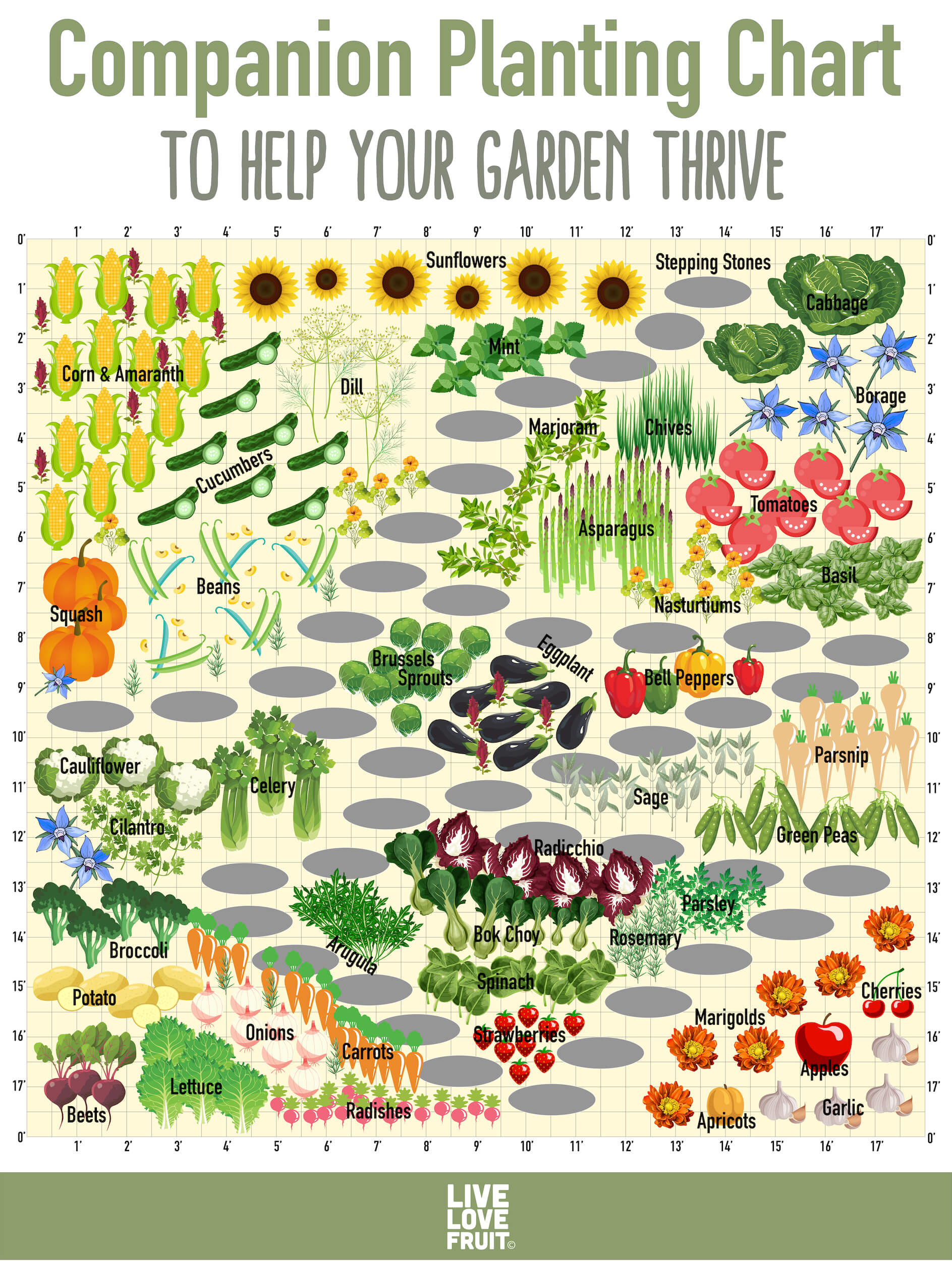Maximize Space, Best Companion Planting for Small Gardens

Maximize Space: Best Companion Planting for Small Gardens
Gardening in small spaces can be a challenge, but with the right strategies, you can transform even the tiniest plot into a thriving oasis. One of the best ways to maximize space in your small garden is through best companion planting. This technique not only helps you make the most of your available area but also promotes a healthier and more productive garden. Let's dive into the world of companion planting and explore how it can revolutionize your urban gardening experience.
What is Companion Planting?
Companion planting is like setting up a harmonious community where different plants support each other's growth. It's about pairing plants that have beneficial relationships, whether that's deterring pests, improving soil health, or enhancing flavors. Think of it as creating a tiny ecosystem where everyone gets along and helps each other out.
Why Companion Planting is Perfect for Small Gardens
In small gardens, every inch counts. Companion planting allows you to maximize space by growing plants that have different growth habits together. For instance, you can grow tall, vertical plants like corn alongside low-growing ones like lettuce. This space-saving technique ensures that you're using every available bit of soil and sunlight.
Benefits of Companion Planting
Pest Control
Some plants naturally repel pests. For example, marigolds are known for their ability to deter nematodes (microscopic worms) that can harm your vegetables. Planting marigolds alongside your tomatoes can help keep these pests at bay.
Improved Soil Health
Certain plants can enhance soil health. Legumes like beans and peas fix nitrogen in the soil, making it more fertile for other plants. This is particularly beneficial in organic gardening, where synthetic fertilizers are not used.
Enhanced Flavors
Believe it or not, some plants can enhance the flavors of their neighbors. Basil, for instance, is said to improve the taste of tomatoes when grown nearby. It's like having a built-in seasoning system right in your garden!
Best Companion Planting Combinations for Small Gardens
Tomatoes and Basil
This classic combination is a must-try. Basil not only enhances the flavor of tomatoes but also repels flies and mosquitoes. Plus, they look great together, making your small garden both productive and aesthetically pleasing.
Cucumbers and Nasturtiums
Nasturtiums are known for their ability to repel aphids, whiteflies, and other pests that can harm cucumbers. They also attract beneficial predatory insects like ladybugs and lacewings. It's a win-win situation!
Carrots and Radishes
These two root vegetables make great companions. Radishes grow quickly and loosen the soil, making it easier for carrots to grow. Plus, radishes can deter pests like the carrot rust fly.
Vertical Gardening: A Space-Saving Solution
In small gardens, growing up rather than out can be a game-changer. Vertical gardening involves using structures like trellises, cages, or walls to grow plants upward. This not only saves space but also adds a unique visual element to your garden.
Best Plants for Vertical Gardening
Plants that naturally grow upward, like peas, beans, and cucumbers, are perfect for vertical gardening. You can also train plants like tomatoes and squash to grow upwards with the right support.
Succession Planting: Maximizing Time and Space
Succession planting is another great technique for small gardens. It involves planting quick-growing crops in between slower-growing ones. For example, you can plant radishes (which mature quickly) in between rows of carrots (which take longer to grow). By the time the carrots need the space, the radishes will have been harvested.
Companion Planting Tips for Small Gardens
Plan Ahead
Before you start planting, sketch out a plan of your garden. Consider the size, growth habits, and light requirements of each plant to ensure they'll coexist happily.
Rotate Crops
Crop rotation is essential for maintaining soil health. Different plants deplete and replenish different nutrients in the soil. By rotating your crops, you can ensure that your soil stays balanced and fertile.
Monitor Your Garden
Keep a close eye on your garden to catch any pests or diseases early. Regular monitoring also helps you understand which plant combinations work best in your specific conditions.
Companion Planting Resources
For more detailed information on companion planting, check out this Companion Planting Guide from Gardeners.com. It's a fantastic resource that provides a comprehensive list of plant combinations and their benefits.
Conclusion
Companion planting is more than just a space-saving technique; it's a way to create a harmonious, productive, and healthy garden. By choosing the right plant combinations, you can maximize your small garden space, control pests naturally, improve soil health, and even enhance the flavors of your vegetables. So why not give it a try? Your garden (and your taste buds) will thank you!
FAQs
Q: Can I use companion planting in container gardens?
A: Absolutely! Companion planting works great in container gardens. Just make sure to choose plants with similar light and water requirements.
Q: Are there any plants that should not be planted together?
A: Yes, some plants can inhibit each other's growth. For example, potatoes and tomatoes should not be planted together as they are both susceptible to the same diseases.
Q: How do I know which plants to combine?
A: Research is key. There are many resources available online, like the Companion Planting Guide from Gardeners.com, that can help you determine which plants make good companions.
Q: Can companion planting replace the need for pesticides?
A: While companion planting can help control pests, it may not eliminate the need for pesticides entirely. However, it can certainly reduce the frequency and amount of pesticides needed.
Q: Is companion planting suitable for all types of gardens?
A: Yes, companion planting can be beneficial in all types of gardens, from small urban gardens to large rural plots. The key is to understand the specific needs and benefits of the plants you're working with.
0 Response to " Maximize Space, Best Companion Planting for Small Gardens"
Post a Comment